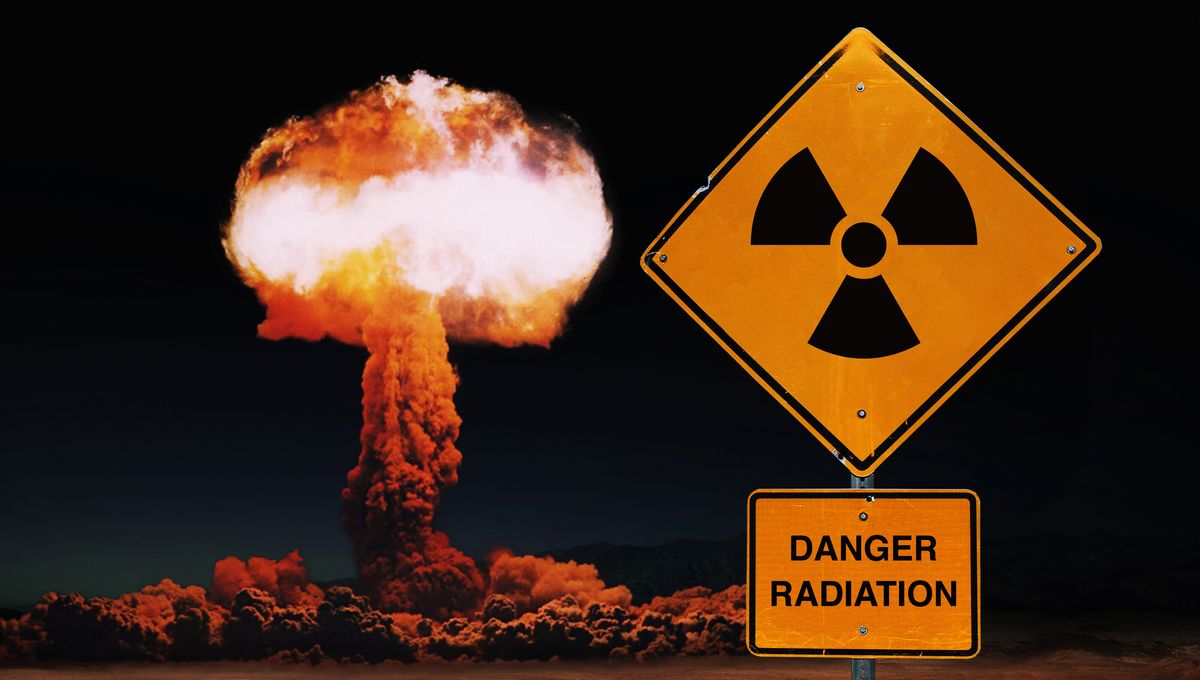In the throes of the Cold War, the Rocky Flats Plant in Colorado was a bustling hub of activity, churning out hundreds of plutonium pits annually for the US. However, in 1989, the plant was abruptly shut down and declared a hazardous waste site due to environmental crimes.
As a result, the majority of the 5,044 nuclear warheads in the US military’s arsenal contain plutonium pits that were crafted in the 1980s. Now, there are plans afoot to modernize the nation’s arsenal by replacing every nuclear delivery system with updated versions.
The first of these new pits has been produced at the Los Alamos National Laboratory (LANL) and is destined for a W87-1 warhead. This warhead will replace the older W87 model on the US Air Force’s Sentinel intercontinental ballistic missile within the next decade. The goal is for the LANL to ramp up production to 30 plutonium pits per year, with an additional 50 being manufactured at the Savannah River Plutonium Processing Facility in South Carolina.
“The first fully qualified plutonium pit for the W87-1 nuclear warhead received a “diamond stamp” after meeting all requirements, signifying its readiness for deployment to the U.S. nuclear stockpile at “war reserve” quality,” the NNSA announced in a statement. “We are currently rebuilding the capability to manufacture plutonium pits, aiming for a minimum of 80 pits per year.”
Unraveling the Mystery of Plutonium
Plutonium is a fascinating element that exists in several different isotopes, each with a unique number of neutrons. Most of these variants are fissile, meaning their atomic nuclei can be easily split. Plutonium-239, in particular, is the isotope of choice for nuclear warheads.
Plutonium pits are hollow spheres that trigger the nuclear explosion in these lethal weapons. Typically, a chemical explosion compresses the pit, sparking a fission reaction within the plutonium.
The energy unleashed by this fission is known as the “primary” explosion. This energy is then harnessed to fuse hydrogen isotopes together, resulting in a much larger “secondary” thermonuclear fusion explosion.
The Origins of Plutonium
Although plutonium is a naturally occurring element, it is found only in trace amounts in the Earth’s crust. This scarcity necessitates its manufacture for use in nuclear warheads.
Plutonium-239 is created by irradiating uranium inside a nuclear reactor. Depending on the process, the resulting plutonium may be weapons-grade – perfect for use in plutonium pits – or reactor-grade, which is ideal for fueling nuclear reactors.







